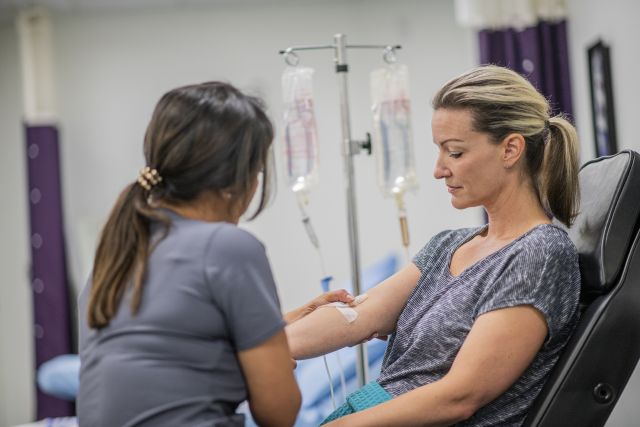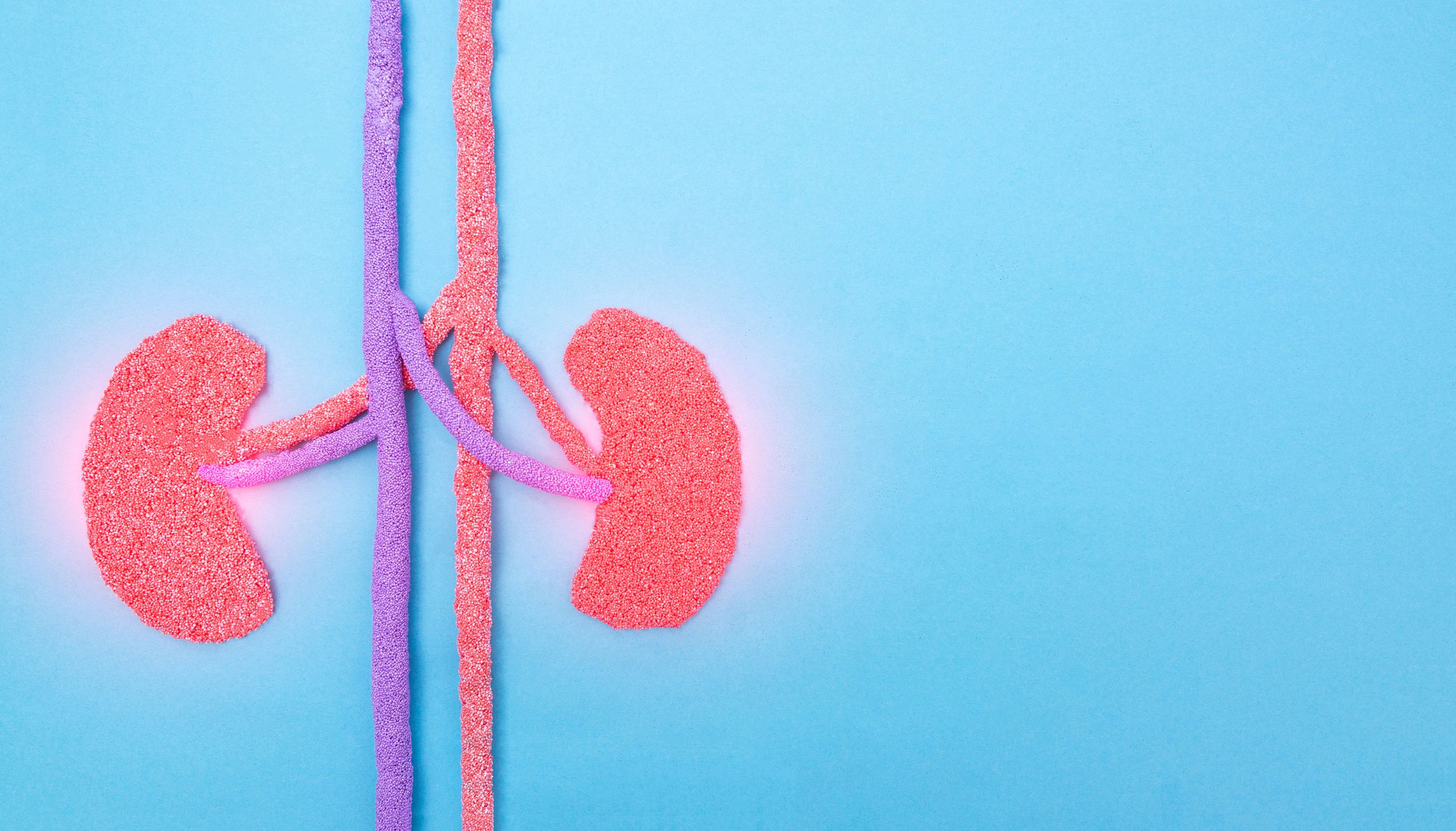Updated on January 9, 2024
If your healthcare provider suspects you have iron deficiency anemia (IDA), they may order blood tests to confirm the diagnosis. This may include a complete blood count (CBC) as well as tests to measure your serum iron levels, serum ferritin levels, transferrin saturation levels, and more.
Additional tests may be needed to identify any underlying conditions that may be causing low iron levels. For example, an endoscopy can check for things such as bleeding from an ulcer. Or a colonoscopy may be used to rule out sources of bleeding from the lower intestine.
Addressing these conditions will be an important focus of treatment. Additionally, treatment for IDA will involve therapies to rebuild your body’s iron levels and iron stores. There are three main treatment options—oral iron pills, lifestyle changes, and iron transfusions.
Oral iron pills or iron supplements
Your healthcare provider may suggest over-the-counter iron supplements and will provide specific dosing instructions.
Iron is absorbed well on an empty stomach, but some people find that iron supplements cause unwelcome side effects, such as constipation, diarrhea, and stomach cramping. You and your healthcare provider might decide it’s best to take your iron supplements with a small amount of food or drink.
It’s important to keep in mind that certain foods and beverages can interfere with iron absorption. These include coffee, milk (and some other dairy products), high-fiber foods (whole grains, raw vegetables, and bran), and foods that contain tannins (such as grapes and certain tea varieties).
Your healthcare provider may also recommend taking your iron supplement with a glass of orange juice or a vitamin C supplement. Vitamin C helps improve the absorption of iron.
Lifestyle changes
You may be advised to add more iron-rich foods to your diet. There are two forms of iron found in foods—heme and non-heme.
Heme iron is derived from hemoglobin and is found in animal foods that originally contained hemoglobin, such as red meat, poultry, and seafood.
Non-heme iron is found in certain plant foods like lentils, beans, seeds, dried fruits, leafy greens, potatoes with their skins on, and iron-fortified cereals. (Some red meat, poultry, and seafood contain non-heme iron, too.)
Heme iron is more readily absorbed by the body than non-heme iron. To help increase your absorption of non-heme iron, you can add more vitamin C to your diet.
Some great meal options that combine non-heme iron and vitamin C include lentils in a red pepper sauce or a baked potato topped with tomato salsa.
As with iron supplements, certain foods and beverages—like coffee, tea, and milk—can get in the way of iron absorption. You’ll want to avoid these when eating iron-rich foods.
Iron infusions
Depending on certain factors—including your medical history, the severity of iron deficiency, or if you’re unable to tolerate the side effects of iron supplements—iron infusions may be recommended.
During an iron infusion, a fluid solution containing iron is administered by intravenous (IV) infusion. An iron infusion takes place at a hospital, or a medical center called a hemodialysis center. The procedure takes roughly four hours to complete.
People are usually given several iron infusions over the course of several weeks, but treatment will vary from person to person. Your healthcare provider can answer any questions you have, address any concerns, and help you prepare for an infusion.






